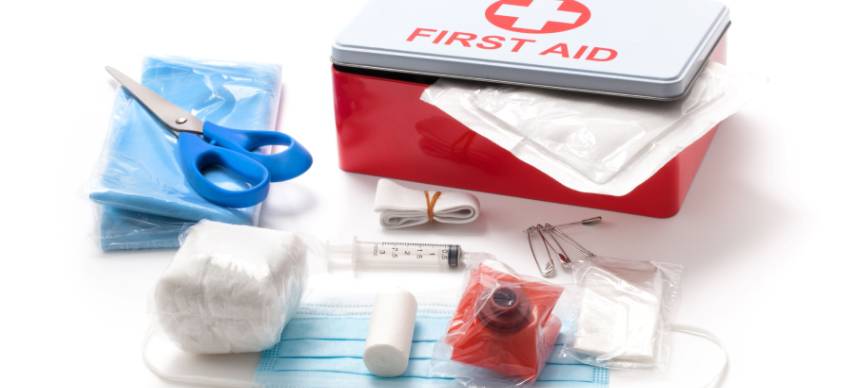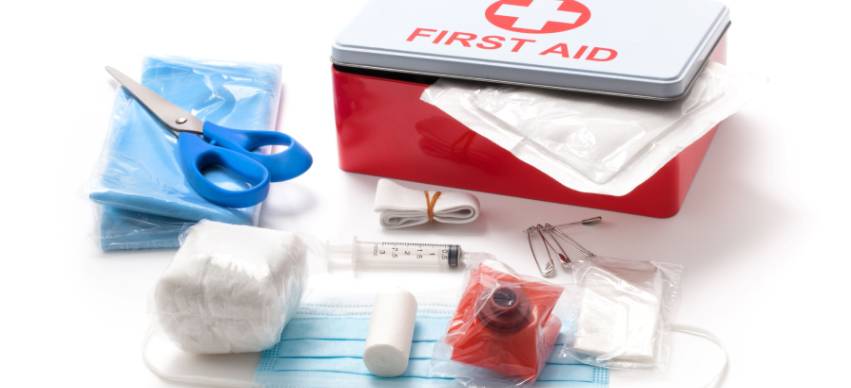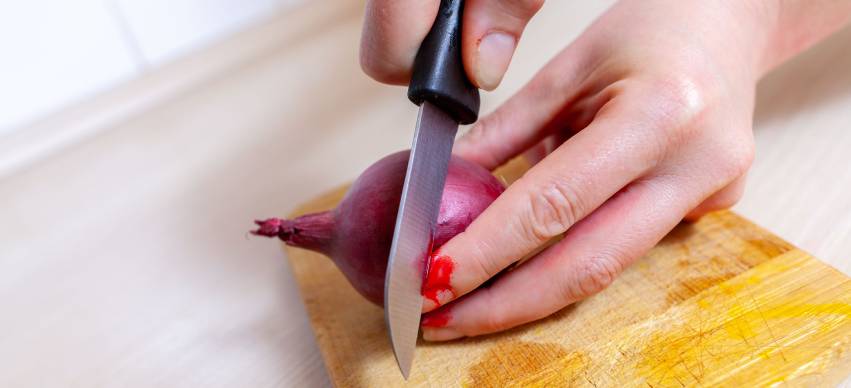How Communities Are Changing the Way We Think About Aging in..
8 Min Read


First aid skill is an essential skill to have. You never know when the need might arise. It could be at home, on the road, or at work. First aid refers to the first help you give to a sick or injured person before they get medical attention.
You’ll find most first aiders in hospitals and workplaces. What about at home? Are these skills essential? The answer is yes, they are. You could get a deep cut, or a family member could fall and break their limbs. You want to assist them before the ambulance arrives or before you take them to the hospital.
It begs the question, how do you become a first aider at home? Below are some tips to take you there; read on!

1. Go For Training
Training is the first step to take up on your journey to becoming a first aider. There are first-aid training courses you can enroll in.
Ensure you get the training from a qualified first aid training school. You want to get your first aid accreditation, which proves your expertise in administering first aid.
First aid courses can be basic or advanced, which determines the depth of training you acquire. One of the things you need to know is the first aid lessons you want to learn. It’d help to assess the risks at your home to figure out the important courses you need. Suppose your household members often get cuts from cooking or you have children always tripping and injuring themselves. In that case, you should seek basic training.
Basic first aid training covers bleeding, burns, scalds, fractures, choking, and Cardiopulmonary Resuscitation (CPR,) among others.
Suppose you have a family member who suffers from epilepsy and diabetes. You should undertake advanced first aid training in diabetes and seizure management. With these skills, you’ll manage to assist them should the need arise.
2. Stock Up On The Necessities
Effective first aid administration requires some resources. As stated earlier, you never know when the need for first aid will arise. You want to avoid situations where there’s a need to administer first aid only to learn you lack the necessary tools for the job. Therefore, it’s important to stock up on the necessities beforehand.
The main thing you require is a fully-stocked first aid kit. A fully-stocked kit has the following:
As you stock up on first aid essentials, ensure you have enough, regarding number. You might need to attend to several injured persons simultaneously. Upon using anything from your first aid box, ensure you replace it. You also want to place the first aid kit in an easy-to-reach area.
3. Learn To Be Calm
The discussion above has already established that fast responsiveness is essential when administering first aid. Therefore, you must be able to move around quickly despite the situation at hand.
One ideal way of being apt is to be aware of your surroundings at all times. You want to ensure it, especially if you have a household member prone to getting into accidents or one who’s ill. Also, as previously stated, always keep your first aid kit in an easy-to-reach area.
On the other hand, being calm is essential in emergencies. As the first aider, you want to assure the injured person they’re okay and all will be well. You can only achieve this if you’re calm. Panic will only make the situation worse. The ideal way of practicing being calm is to get into situations with high pressure. Properly handling high-pressure situations enables you to manage first aid better where lives are at stake.
4. Learn Good Communication Skills
Communication is important during a medical emergency. You’ll need to talk to the injured person and the medical help from whom you’ll be seeking assistance. Poor communication can lead to slow medical assistance or the delivery of distorted information. It can put the injured person at risk. Therefore, ensure you learn good communication skills.
You can pick up these skills independently without needing expert training. However, it’s good to point out that some first-aid training courses have effective communication as part of the lessons. Alternatively, use online sources or read books for insight.
Conclusion
Becoming a first aider at home is essential; the discussion above has established that. You might have wondered how to get these skills. However, this article has made it easier by giving tips on becoming a first aider at home. It all goes down to training and perfecting your injured-handling skills. Do this, and you’re well ahead to becoming a first aider.